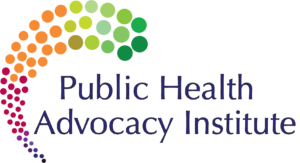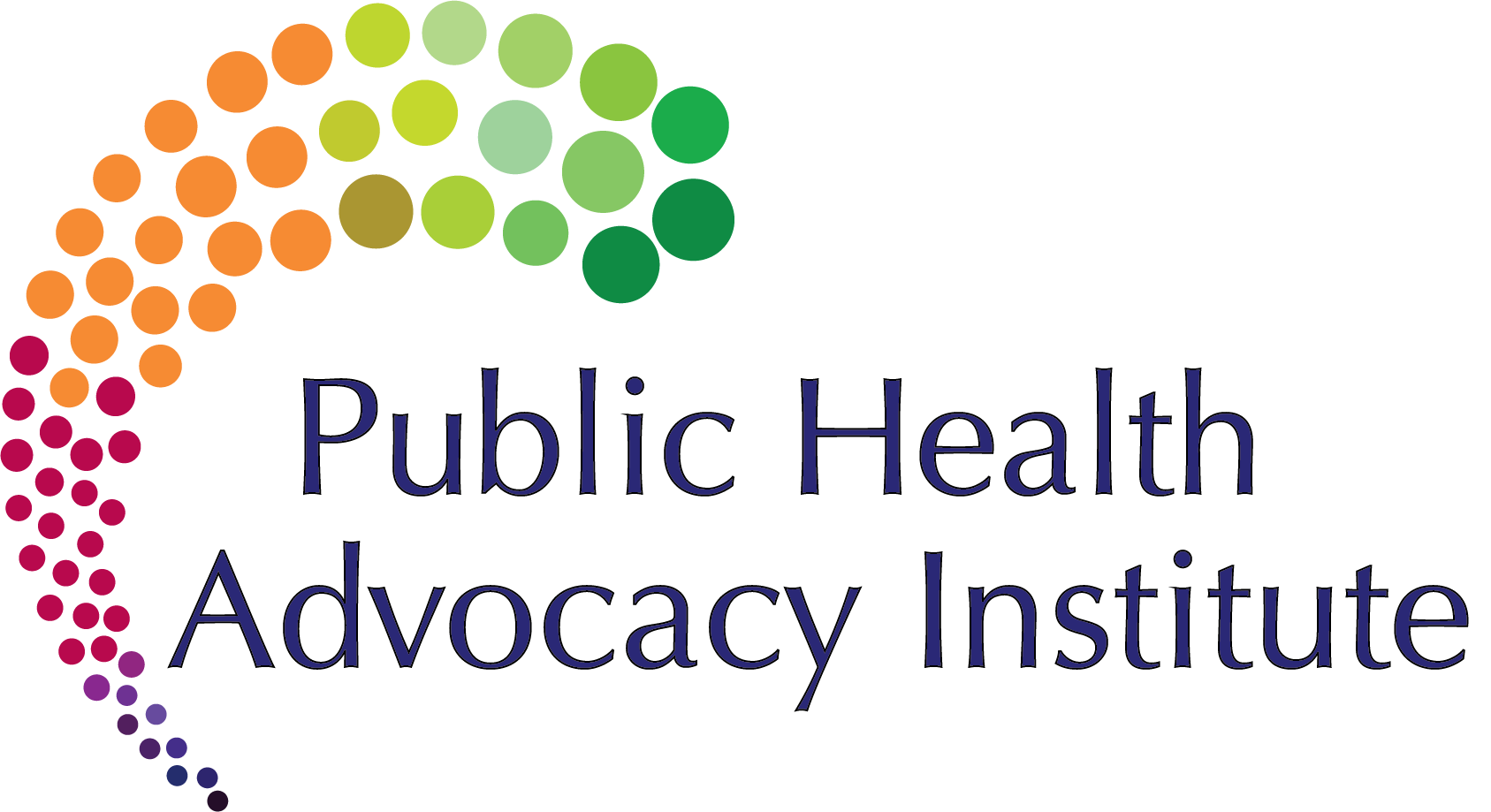PHAI documented the successful passage of the nation’s first restaurant calorie disclosure law. In an effort to address increases in obesity rates and obesity-related health problems, the New York City Department of Health and Mental Hygiene (“DOHMH”) amended the City’s Health Code on December 5, 2006 and then again on January 22, 2008 to require that chain restaurants post the number of calories contained in standardized menu items. The disclosure appears close to each item on the menu or menu board. Restaurant patrons are more likely to see and act upon these disclosures, compared to information posted in less obvious locations in restaurants or on websites.
Although several public health practitioners and organizations supported the concept of the disclosure law, its legality was untested in the courts when DOHMH acted. DOHMH knew it would face an organized and well-funded opposition. DOHMH nevertheless passed the disclosure law and faced two lawsuits. The final outcome was that DOHMH established a version of the disclosure law that was more comprehensive than originally intended. (The first version applied only to restaurants that voluntarily agreed to post calorie information. The final version applies to most chain restaurants, regardless of whether they want to post calorie information.) Numerous states and municipalities have subsequently passed disclosure law in their jurisdictions.
The decision by DOHMH to proceed was under-girded by some key factors. First, the scope of the increase in obesity prevalence was (and remains) alarming. The problem had been documented in health surveillance data. Second, several public health organizations have recommended the concept of mandating clear disclosure of calorie information for restaurant meals at the point of purchase. Third, organizational changes at DOHMH allowed public health practitioners to identify and focus on environmental risk factors for obesity. Fourth, questions of legality were addressed early on through a comprehensive internal legal review and dialogue that included a well-informed consideration of the potential public health benefits.
Funded by the Robert Wood Johnson Foundation’s Public Health Practice & Policy Solutions, PHAI used case study research methodology to investigate threats of litigation made during the proposal and passage of public health laws. The case studies examine this experience across a range of public health issues. Public health officials, attorneys and advocates provide insight into their decision-making and planning process in anticipation of and in response to legal challenges.

